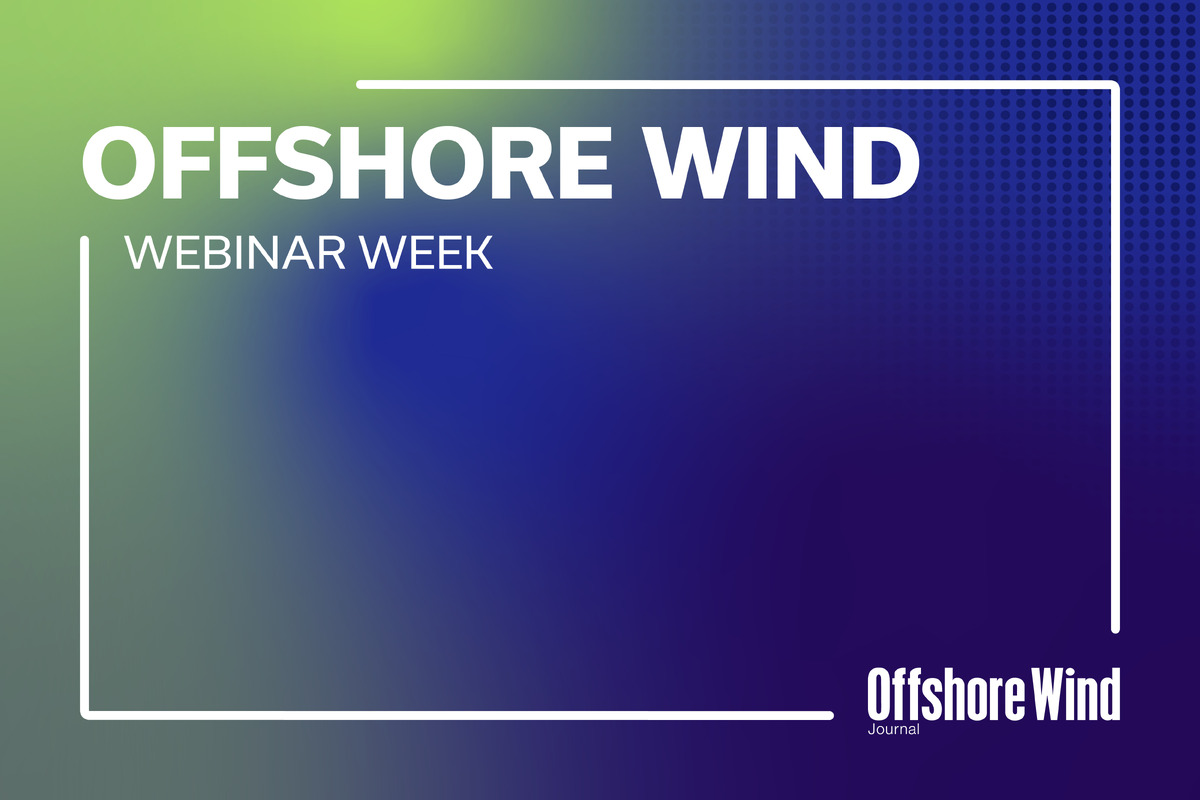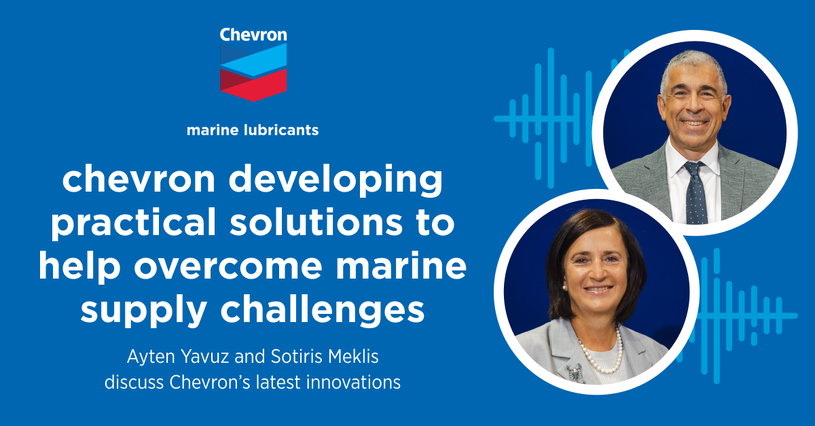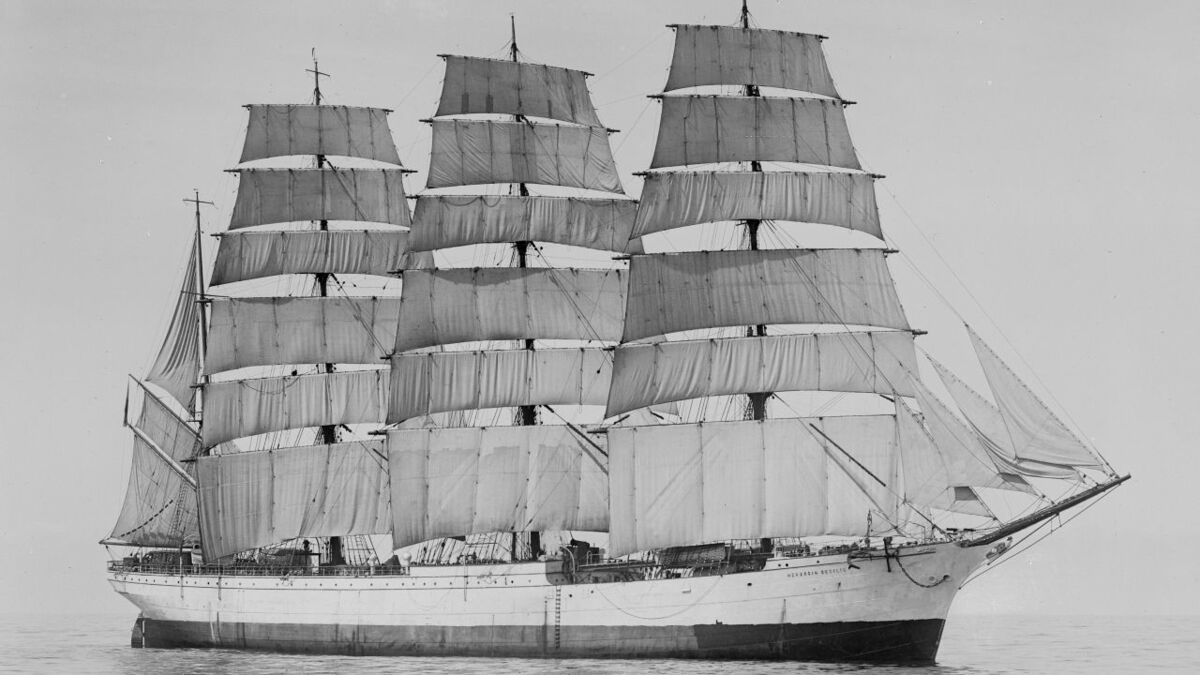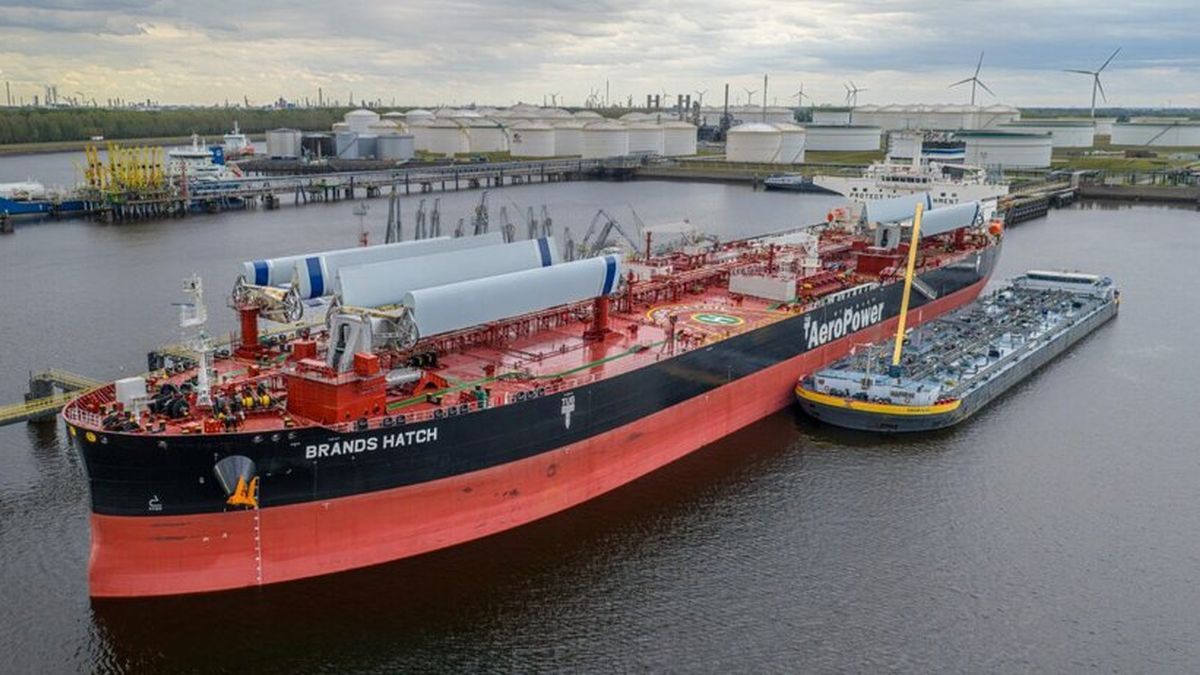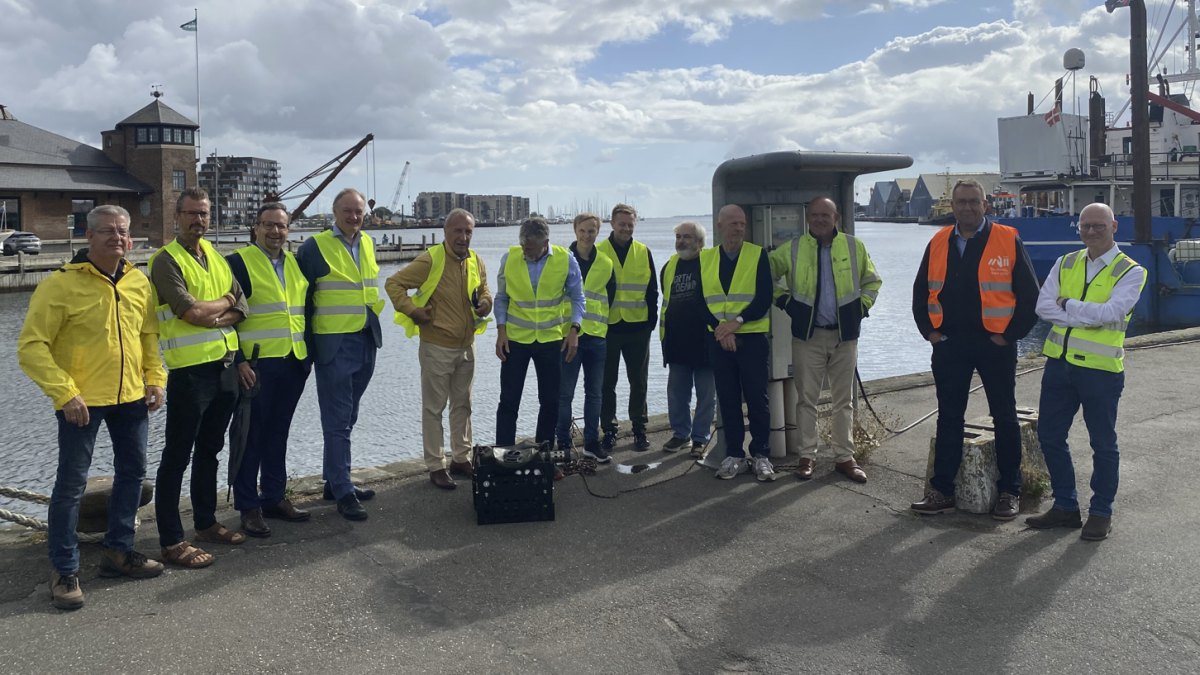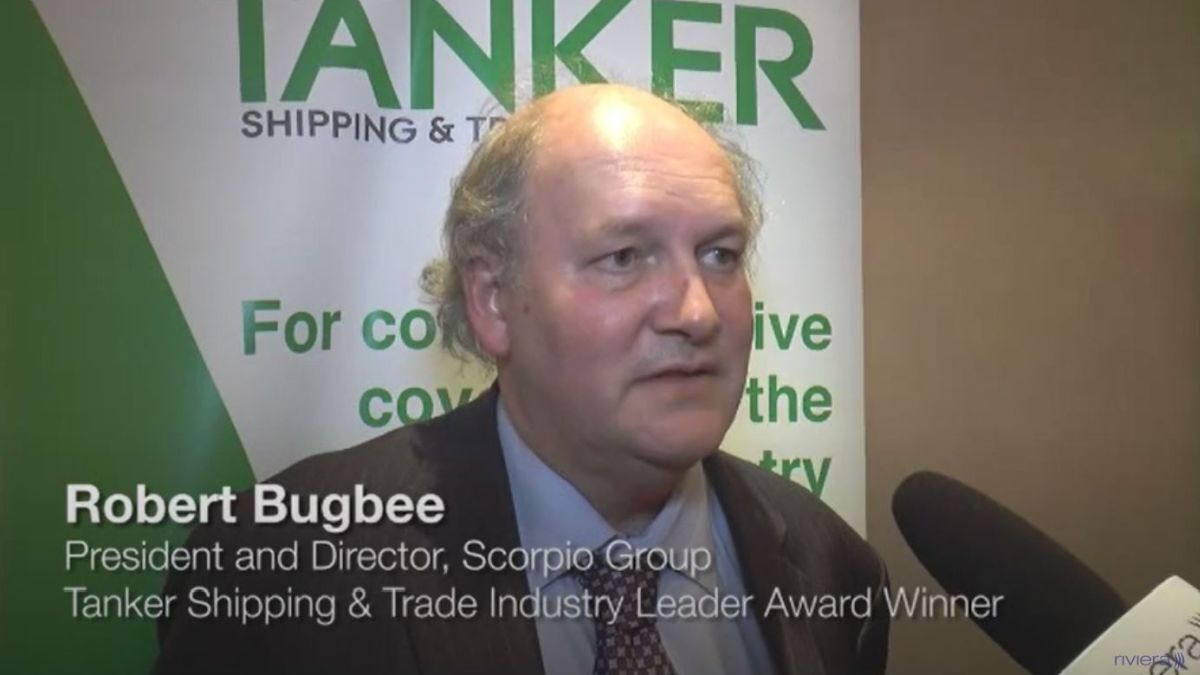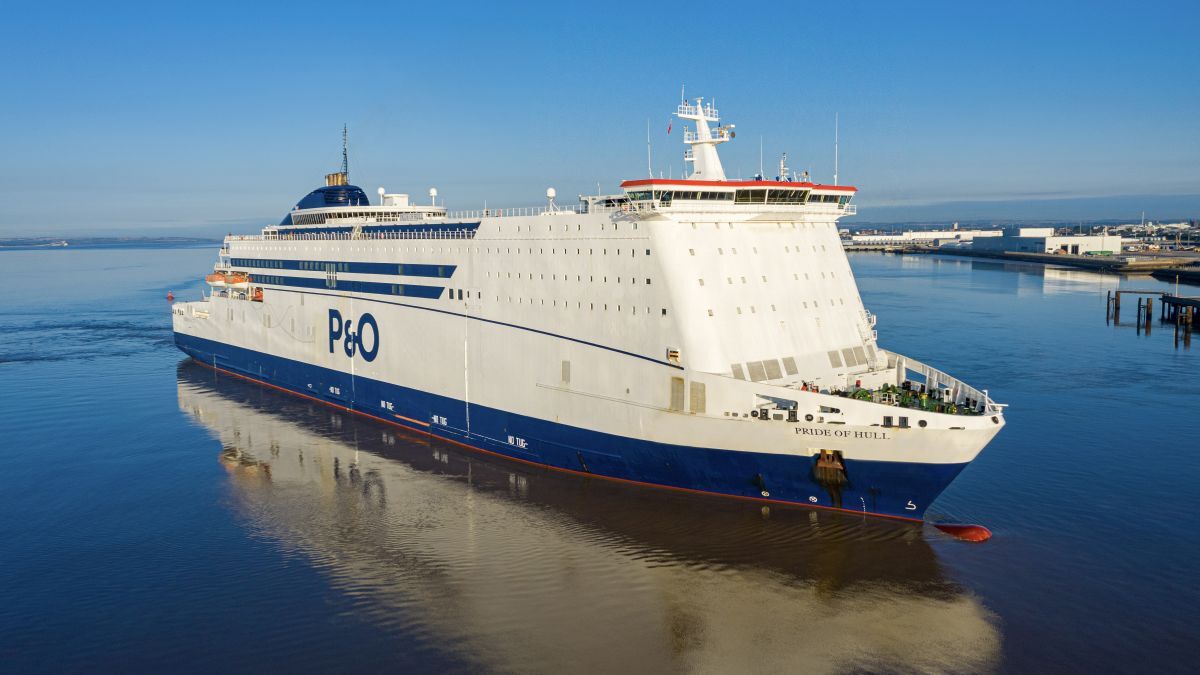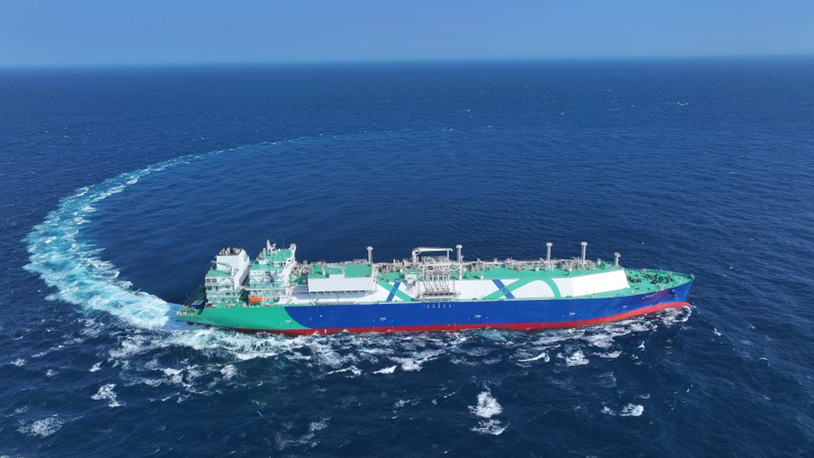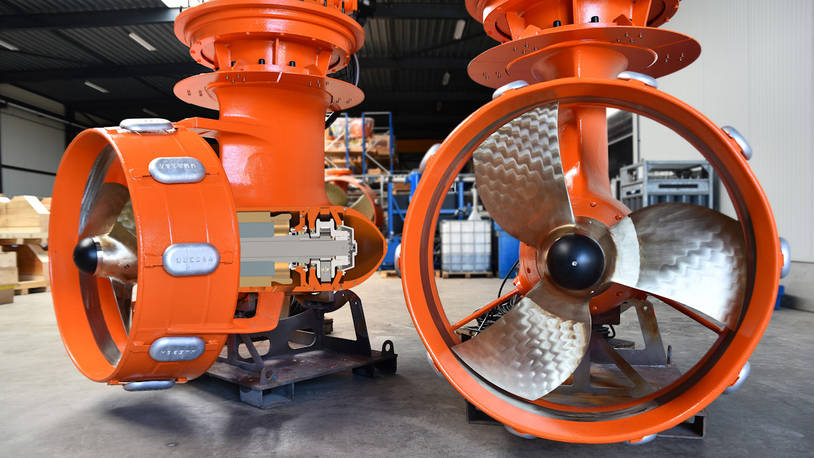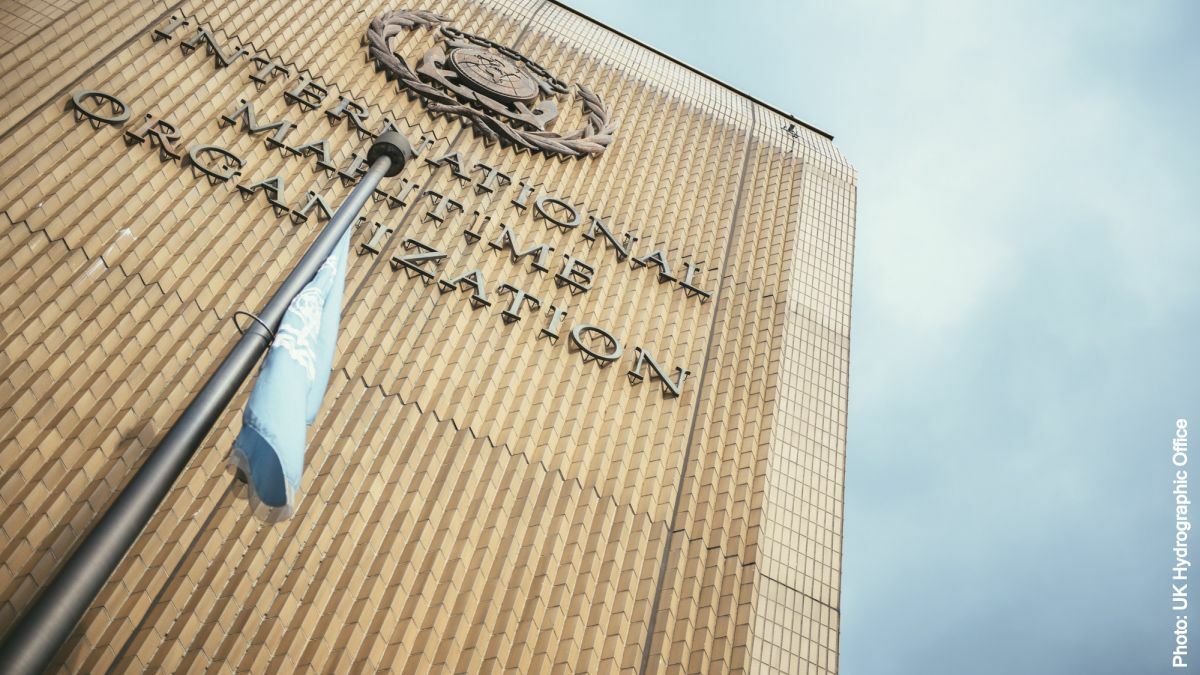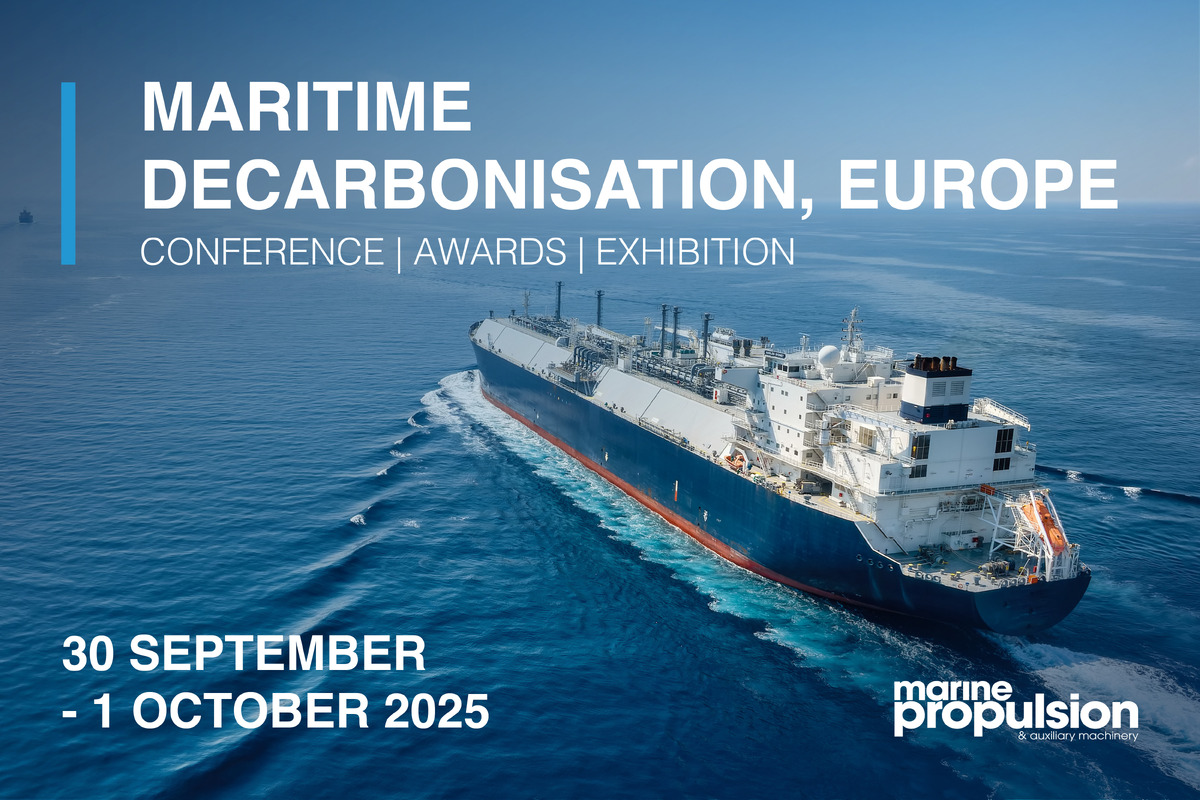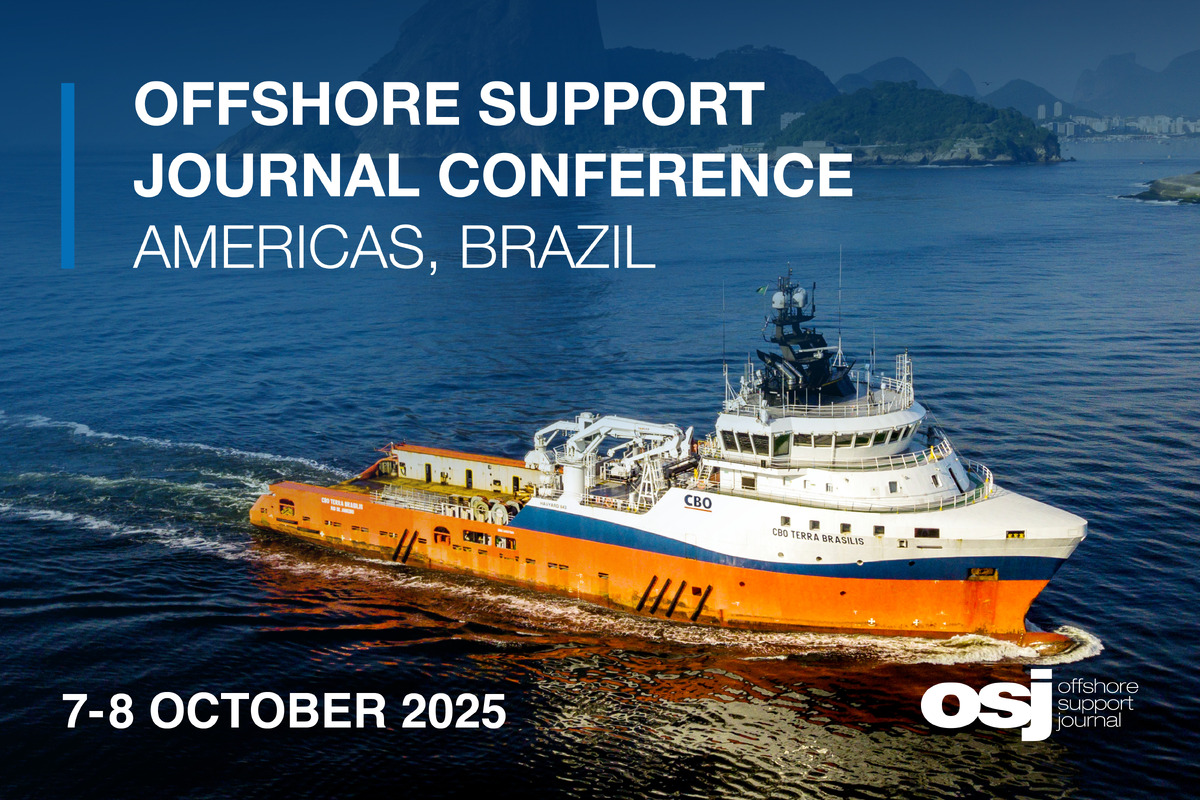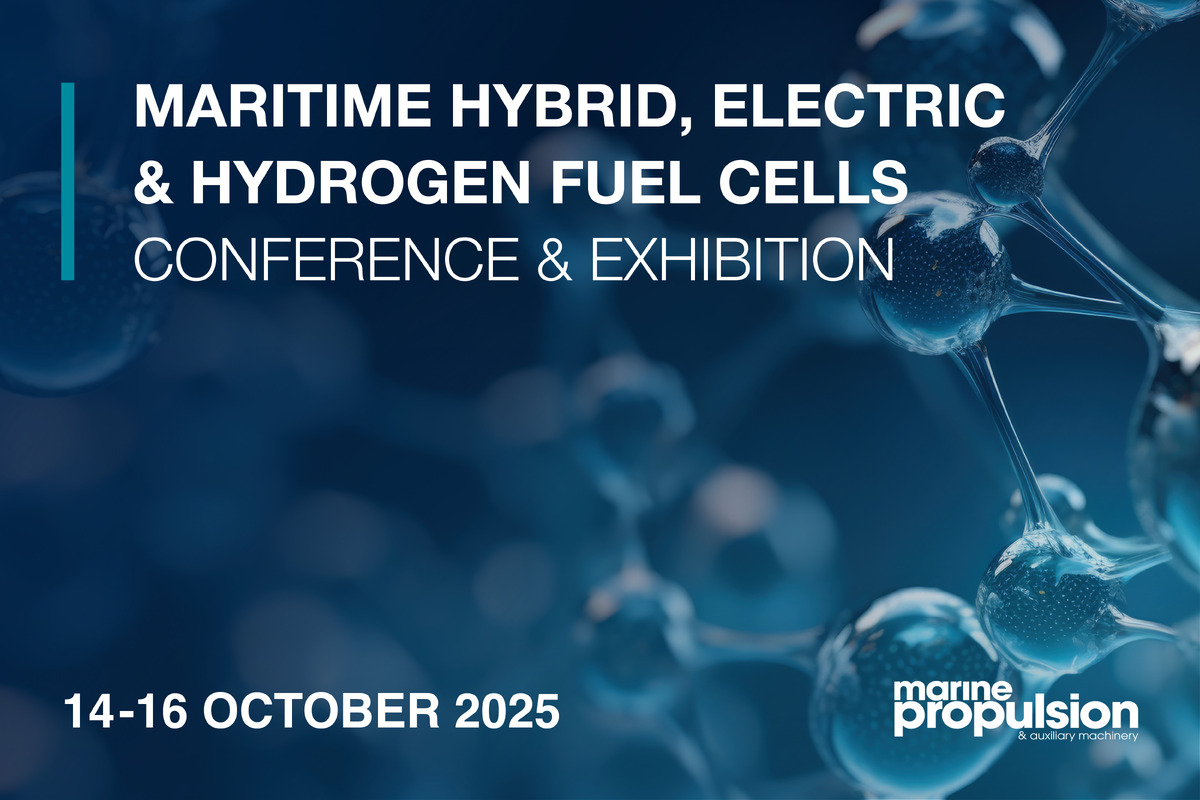Business Sectors
Events
Offshore Wind Webinar Week
Contents
Three giant steps to GHG 2050
Clarkson Research Services (CRS) research director Trevor Crowe looks at how shipping could achieve IMO’s goal of a 50% reduction in GHG emissions by 2050
In 2018, IMO set a series of greenhouse gas emission (GHG) goals for shipping, culminating in a 50% reduction in GHG by 2050. The first thing to note is that thanks to slow steaming, carbon emissions are already 20% lower than the base year (2008: 1,025M tonnes CO2 output), according to CRS. But against this has to be balanced the fact that world trade continues to grow and with it the demand for shipping. Assuming a 1.7% per annum tonne-mile growth post-2020, no change in average speed and no change in the fuel mix (currently 97% oil-fuelled), then carbon output would grow to three times the 2050 target.
To achieve 512M tonnes carbon output by 2050, CRS constructed three (giant) steps to achieve that target:
- Step 1 sees a slowdown in tonne-mile demand growth to 1.5% per annum.
- Step 2 requires a further drop in average speed by 8% to around 10.5 knots.
- Step 3 envisages a change in the fuel mix from 97% oil-fuelled to 45% LNG-powered, 40% zero carbon and just 15% oil-fuelled.
CRS acknowledges there are many possible permutations that could lead to a 50% reduction in carbon by 2050. All would require huge structural changes in the global fleet, its ability to serve trade and changes in average speeds.
By providing a scenario and the steps required, CRS has given the shipping industry an indication of the tasks ahead, and it is huge.
The largest structural change would be, according to CRS: “…the conventional oil-fuelled fleet peaking out almost immediately, LNG-fuelled vessels acting as a ’bridge’ (around 40% of deliveries to 2040) before alternative zero-carbon fuels constitute the majority of deliveries in the 2040s.”
The CRS scenario shows that business as usual is not an option. A significant change in fuels is required immediately. The fuel options will be discussed during the ’Fuels in Focus’ session of the Asian Sulphur Cap 2020 Conference. This will be held 15-16 October in Singapore.
Related to this Story
Events
Offshore Wind Webinar Week
Maritime Decarbonisation, Europe: Conference, Awards & Exhibition 2025
Offshore Support Journal Conference, Americas 2025
© 2024 Riviera Maritime Media Ltd.
